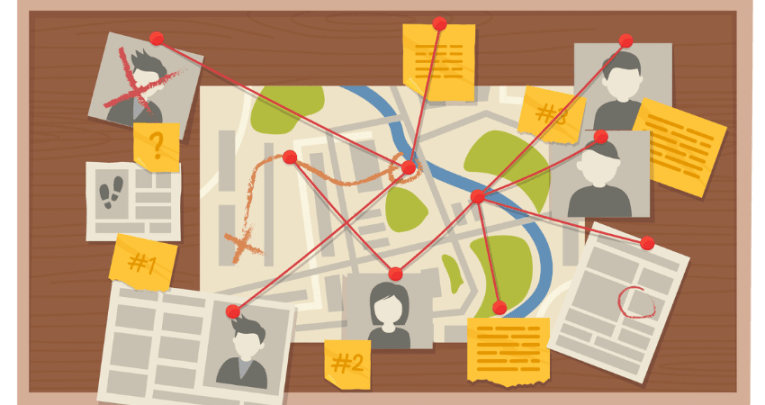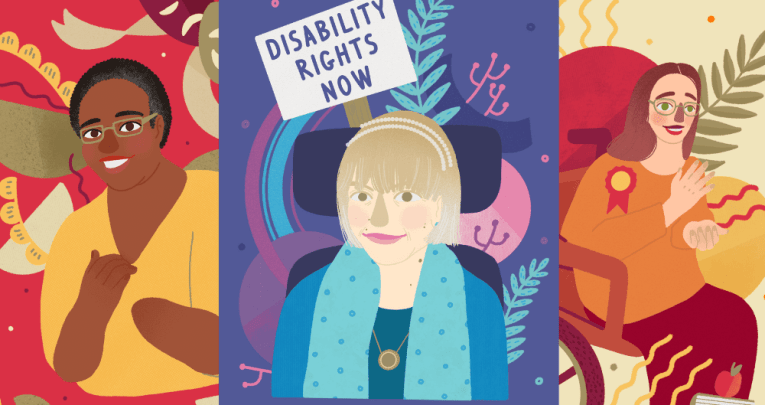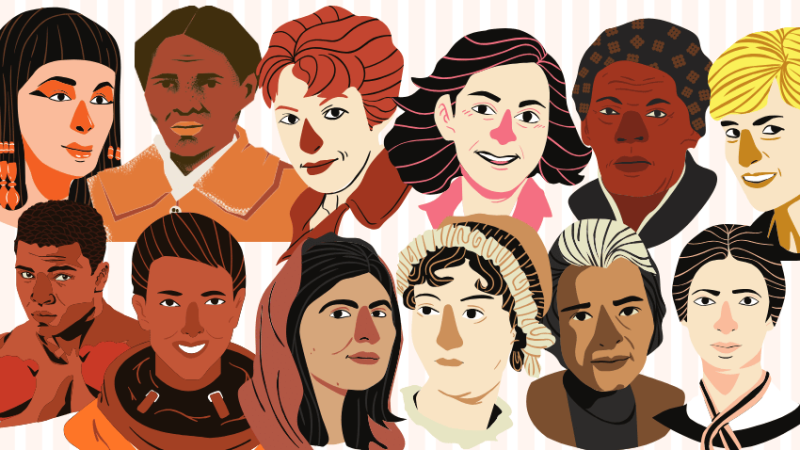Sources for history – Understanding how to use evidence

Do you know the difference between a source and evidence? Here’s how to use them both to bolster pupils’ historical understanding…

There has been a big shift in the teaching of history since 2019, and the role that sources for history play in the acquisition of knowledge and the wider discipline shouldn’t be understated.
Think about what you would define as a source for history teaching… is this the same thing as evidence?
They overlap but are not in fact the same! A simple definition to begin with:
- A source is anything that contains information about the past.
- Evidence is what we take from that source to utilise it for a specific purpose.
The reason I use the phrase ‘anything’ is that the list of what we could use is potentially endless. In What is History? historian E. H. Carr wrote:
‘The facts are available to the historian in documents, inscriptions and so on, like fish on the fishmonger’s slab.
The historian collects them, takes them home, and cooks and serves them in whatever style appeals to him.’
The implication is that facts are the backbone of the historian’s crafts. Sources of evidence are what allow historians to acquire those facts. But then the historians must do something with them.
This is important to consider because the breadth of what teachers could use is potentially daunting if they are unsure about which offers most value to the unit in question.
So… what does this mean for teachers?
Primary and secondary sources for history
Two terms that present immense amounts of confusion are primary and secondary sources.
Should we introduce them in KS1? You can, but personally, I wouldn’t because it is not mentioned in the curriculum and is so nuanced, we need to approach it deliberately and carefully.
By the end of Year 2, if children know what a source of evidence is, how to use them in history and that a range of them exists, that’s a great starting point!
In KS2, you can add to this understanding by distinguishing between primary and secondary.
Primary sources are a snapshot in time with a direct link to the matter in question.
Secondary sources have a layer of interpretation and are not directly connected to the matter.
Using sources in history
When teaching, we need to embed sources of evidence throughout so children understand both what we currently think about the topic in question, and how that knowledge was acquired.
The national curriculum refers to this in both Key Stages 1 and 2 in two main parts:
- The different ways in which we find out about the past.
- The different ways in which the past has been depicted.
Therefore, when teaching we must accomplish both parts to meet the NC specification but, more importantly, support children in gaining a more in-depth understanding of what it means to ‘do history’.
When planning and teaching, I would suggest the following approach in order to facilitate this.
First, clearly define history units with enquiry questions. This allows you to emphasise which parts of the period are most important to their learning.
In addition, this narrows down which sources of evidence are most likely to offer the valuable knowledge needed to understand and then answer said question.
If this is not currently how history is approached at your school, I would suggest taking a look at the Historical Association’s enquiry toolkit, which can be accessed for free at tinyurl.com/tp-HAtoolkit
Once this is in place, define the knowledge that is central to understand the enquiry question and then answer it.
This once again allows you to further narrow the field of study, considering which sources of evidence are the most pertinent.
Once this in place, the key is to find a range of sources to build as clear a picture as possible.
Modes of delivery
The language of Rosenshine’s Principles of Instruction is common parlance in many primary classrooms, even if they aren’t aware of the work that underpins it.
If we teach maths in small steps because it’s beneficial, why wouldn’t we do it in history too? I do, we do, you do… the same principle still works here!
Start by thinking about what the children have studied so far, specifically around the range of source material and how it was utilised.
Do they have knowledge we can activate and build on?
Then, model the relationship between the enquiry question and the source material so children know that what we learn from a source must add value to that question.
Without that, we may only get generic information that doesn’t add to the enquiry process.
Why does this matter? It’s important that pupils gain both substantive and disciplinary knowledge.
However, history has the word story in it for a reason. We need to historicise knowledge in order to place it within a particular ‘story’ of the past.
Focus on building a more detailed picture of the past and connecting the various snapshots and interpretations the children have encountered to form a stronger and more secure understanding.
Sources of evidence, then, are what we use in history in order to construct our knowledge of the past.
Therefore, we need to teach them explicitly and throughout the teaching sequence.
Ensure children know that sources offer us some evidence towards our enquiry but are unlikely to provide a complete picture – such is the nature of history!
3 common misconceptions
- There is a definitive list of knowledge to take from sources of evidence. This is not true because there are many categories of source material we may choose to tap into. An archaeological object is inherently different to a diary, therefore what they offer is also fundamentally different. Historian Christine Counsell said a key difference is whether the source offers conscious commentary or not. The question we ask is what drives the evidence we take from the source.
- Sources are either useful, or they’re not. Once again, the answer is more complex and led by the important role enquiry questions play. Can an object be unreliable given it just is? The reliability is more likely a feature of what we endeavour to learn from it and our interpretations based on the limited picture it presents. Reliability is more likely to be an active consideration when dealing with a commentary. Here, bias does matter and considering it is right and proper. Make sure the children are aware of who wrote it, when, why, etc, alongside their perspective. Without that, we may know what someone said about something, but are missing what facilitated their particular perspective of that event.
- Primary sources are better than secondary. This is not the case even if the person writing the source material actually witnessed the event to which the source relates. They offer a perspective on what happened, but this is one snapshot of many. A secondary source collates a broad range of evidence and therefore has a wider field of study which includes primary source material.
Stuart Tiffany Stuart is a primary teacher, history CPD provider and consultant. He is also the author of Mr T Does Primary History (£21.99, SAGE) is out on 8 July. Follow Stuart on Twitter @Mr_S_Tiffany and see more of his work at mrtdoeshistory.com








